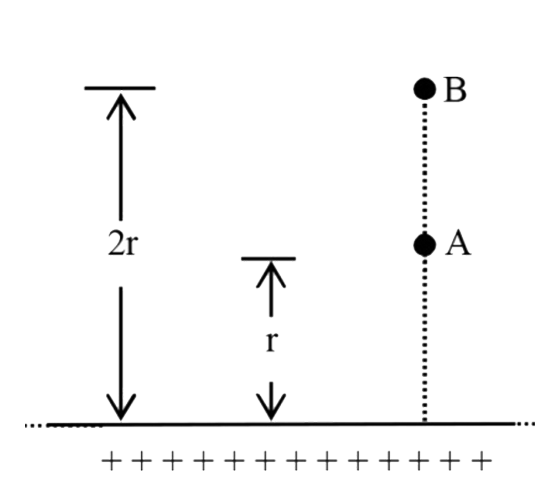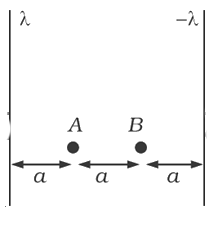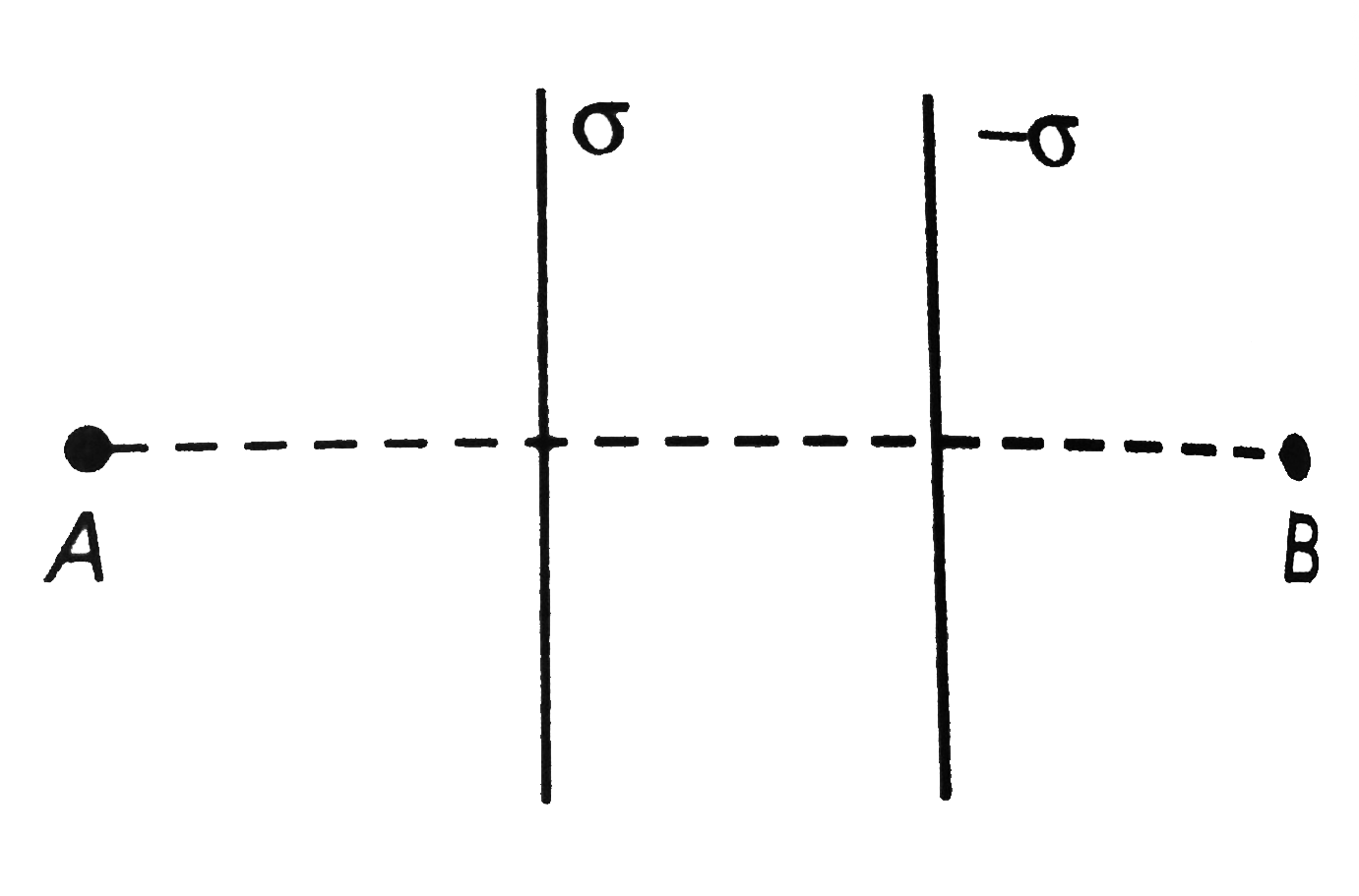There are infinite equipotential lines all parallel to BC in a right angled triangular region ABC as shown in the figure. All the points on a line have the same potential proportional to the length of the line.
A positive charge is moved from A to B and C separately to do work. WA→B & WA→C, respectively, then

WA→B>WA→C
WA→B<WA→C
WA→B=WA→C
not predictable
VA−VB=VA−VC⇒WA→B=WA→C
Similar Questions
There are infinite equipotential lines all parallel to BC in a right angled triangular region ABC as shown in the figure. All the points on a line have the same potential proportional to the length of the line.
If EP, EQ & ER denote the electric field at P, Q and R, respectively, then

View SolutionFigure shows some equipotential lines distributed in space. A charged object is moved from point A to point B.

View SolutionAn infinitely long line of linear charge density λ is shown in the figure. The potential difference VA−VB between the two points A and B is

View SolutionBetween two infinitely long wires having linear charge densities λ and −λ , there are two points A and B as shown in the figure. The amount of work done by the electric field in moving a point charge q0 from A to B is equal to :

View SolutionA long straight hollow metallic tube carrying a current l has three sections of different area of cross section as shown in figure. Three points A, B and C are on a line parallel to the axis of the tube. If magnetic field at this point are B1, B_2,B3 respectively, then
View SolutionTwo large parallel sheets charged uniformly with surfasce charge density σ and −σ are located as shown in the figure. Which one of the following graphs shows the variation of electric field along a line perpendicular to the sheets as one moves from A to B ?

View SolutionAn infinite line of charge λ per unit length is placed along the y-axis. The work done in moving a charge q from A(a,0) to B(2a,0) is
View SolutionA particle P is projected with speed 20m/s at angle 37∘ from horizontal as shown in figure, At the some instant Q starts from same point and moves with uniform acceleration towards right. Path of the particle P w.r.t. Q is straight line Acceleration of Q is :
 .
.
View SolutionThe distance between the two parallel lines is 1 unit. A point A is chosen to lie between the lines at a distance 'd' from one of them Triangle ABC is equilateral with B on one line and C on the other parallel line. The length of the side of the equilateral triangle is
View SolutionThe distance between the two parallel lines is 1 unit. A point A is chosen to lie between the lines at a distance 'd' from one of them Triangle ABC is equilateral with B on one line and C on the other parallel line. The length of the side of the equilateral triangle is
View Solution
